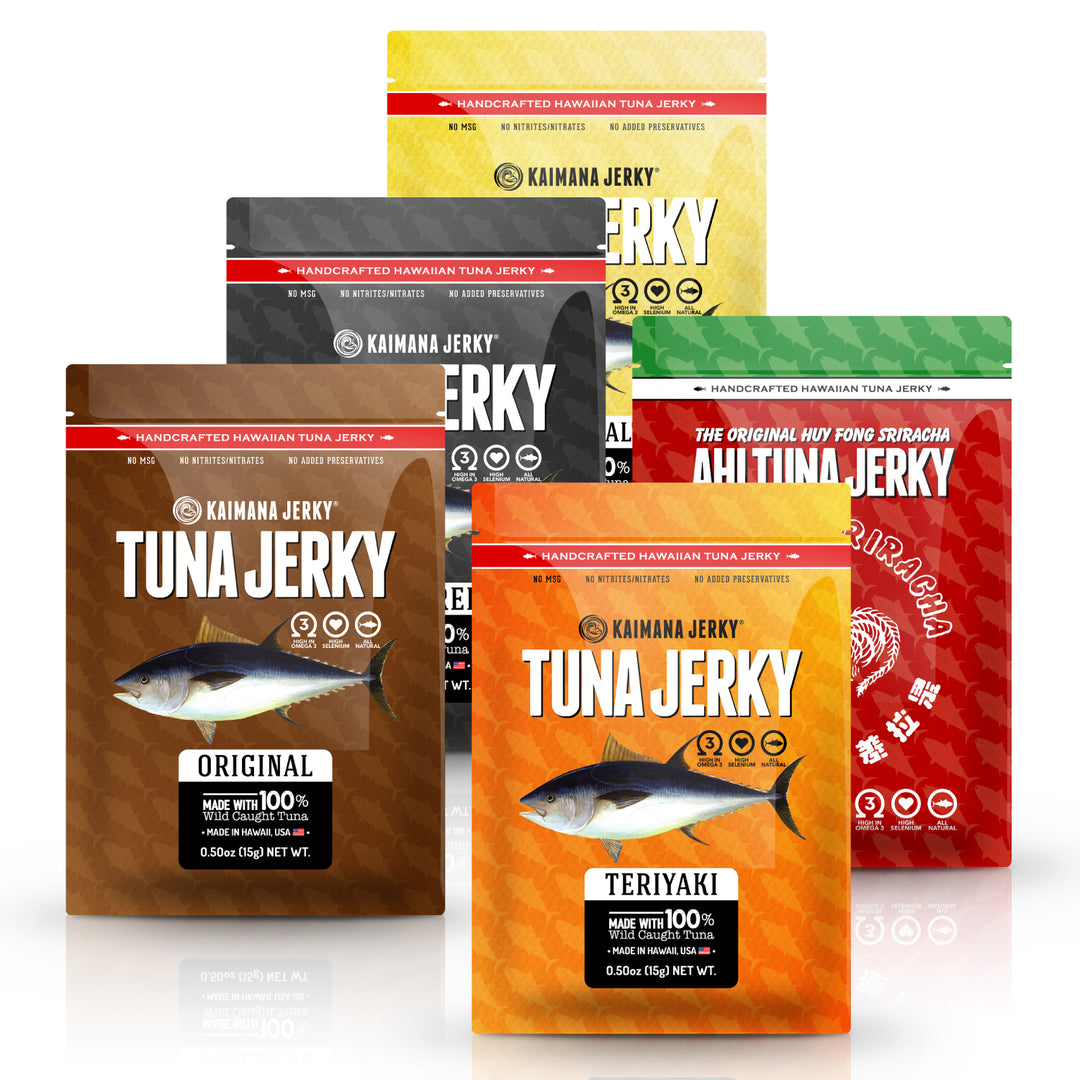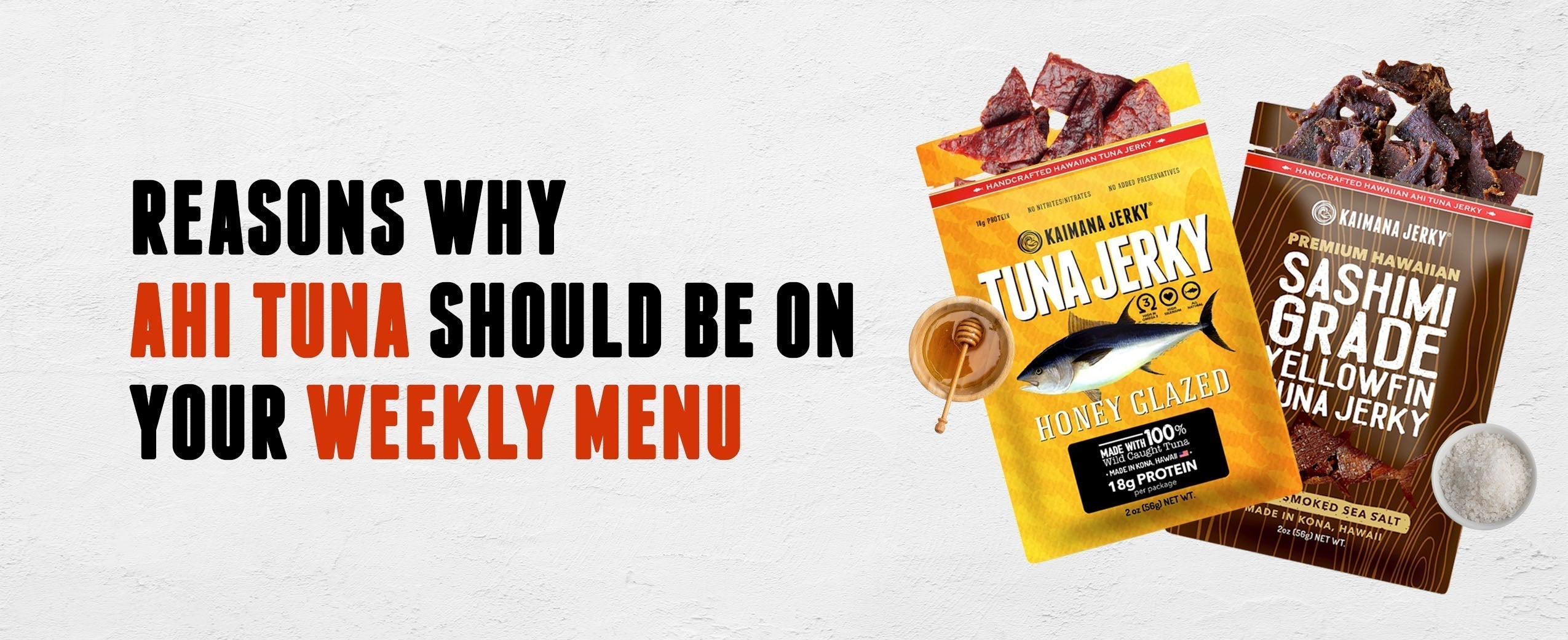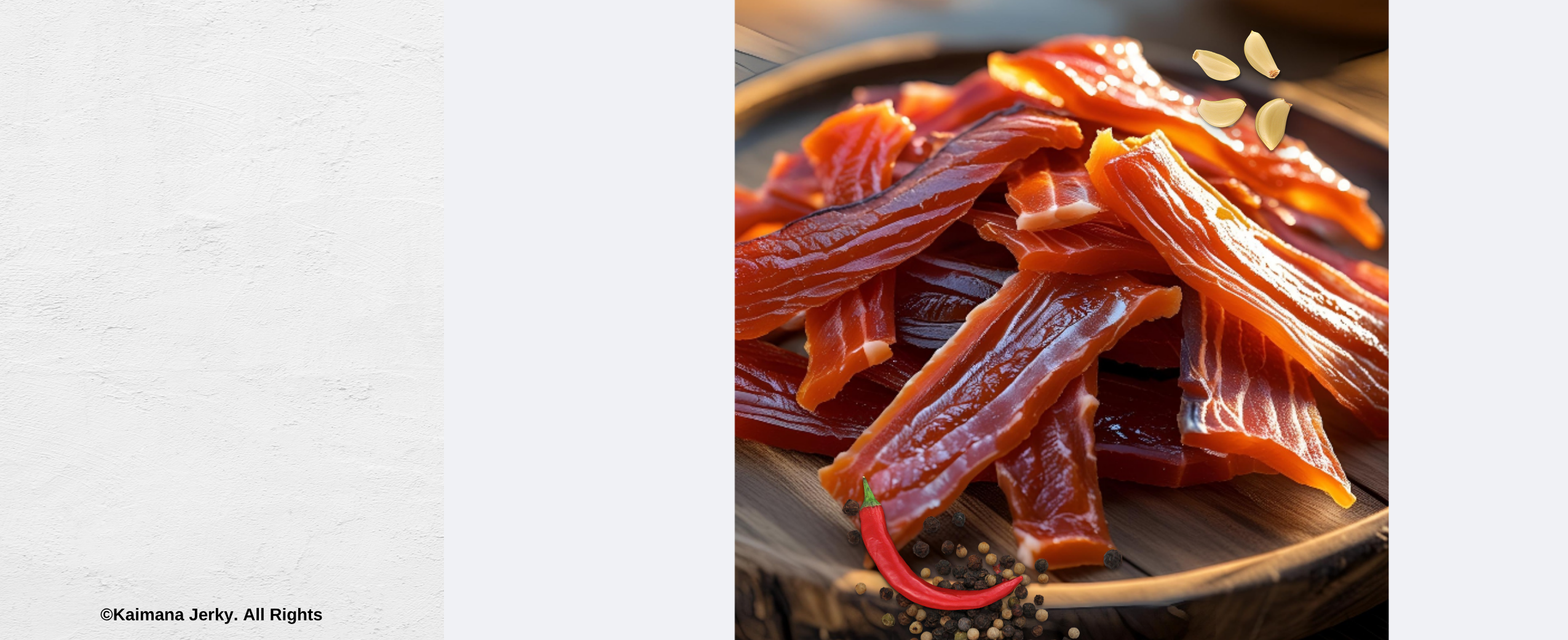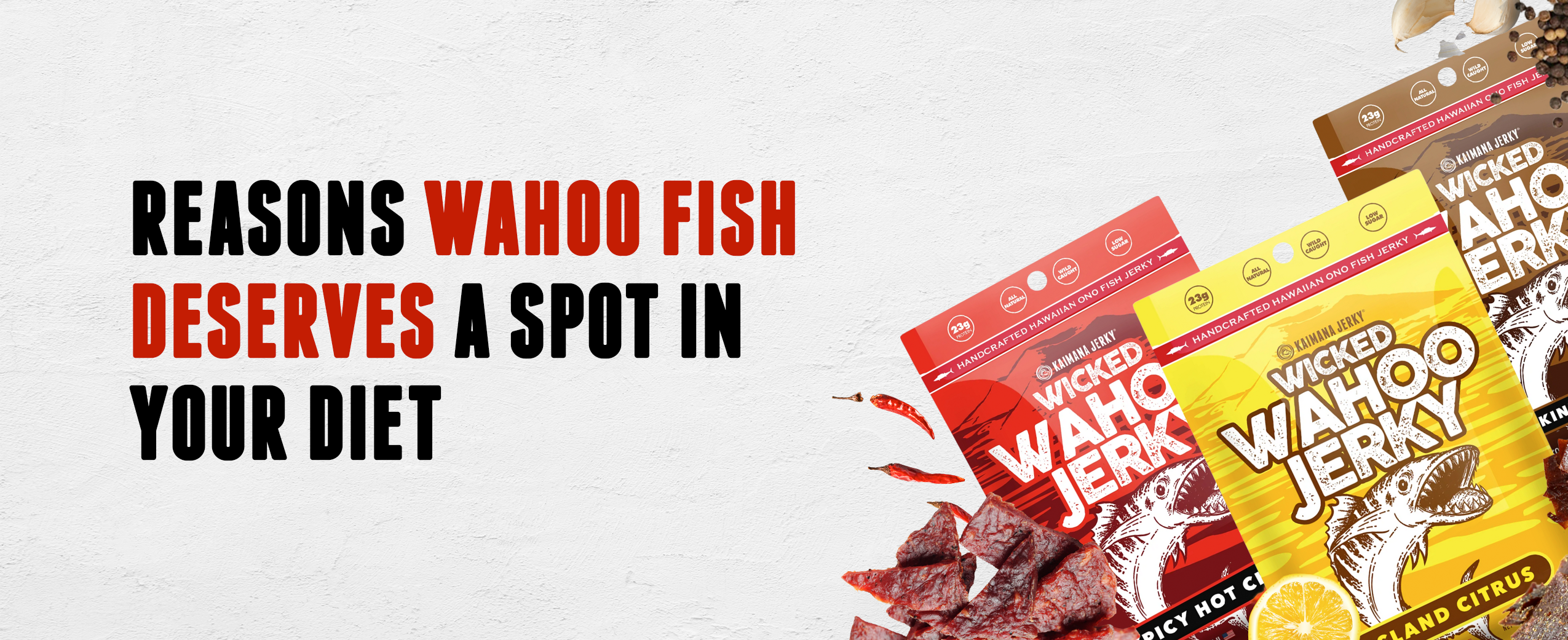What type of fish is ahi tuna?
Ahi tuna refers to two species of tuna: yellowfin (Thunnus albacares) and bigeye (Thunnus obesus). Both are large, ocean-dwelling fish known for their firm texture, mild flavor, and deep red flesh - popular in poke, sushi, and seared dishes.
What is ahi tuna vs tuna?
"Tuna" is a general term for several species of the fish, while ahi tuna specifically refers to yellowfin or bigeye tuna. Ahi is known for its mild taste and is widely used in Hawaiian and Japanese cuisine, especially in raw or lightly cooked dishes.
What is the difference between ahi tuna and regular tuna?
The term "regular tuna" often refers to canned skipjack or albacore, which are lighter and flakier. In contrast, ahi tuna (yellowfin or bigeye) has a firmer texture, richer flavor, and is typically enjoyed fresh, seared, or raw.
Is tuna as healthy as salmon?
Tuna and salmon are both healthy choices, rich in protein and omega-3s. However, salmon has a higher fat content, especially heart-healthy omega-3 fatty acids, while ahi tuna is leaner, making it a better option for low-fat diets.
Is ahi tuna a healthy fish?
Yes, ahi tuna is a very healthy fish. It’s high in lean protein, rich in omega-3 fatty acids, and low in saturated fat and carbs. It also provides essential nutrients like vitamin B12, niacin, and selenium.
Is ahi tuna good for you?
Absolutely. Ahi tuna is good for you thanks to its clean protein, heart-healthy fats, and nutrient density. It supports energy, muscle recovery, and cardiovascular health - especially when enjoyed grilled, seared, or as jerky.
Does ahi tuna have omega 3?
Yes, ahi tuna is a great source of omega-3 fatty acids. These healthy fats support brain and heart health, reduce inflammation, and are essential for overall well-being. A 3-ounce serving can provide 500-700mg of omega-3s.
Is ahi tuna a fatty fish?
Ahi tuna is considered a moderately fatty fish, depending on the type. Yellowfin is relatively lean, while bigeye has a richer texture with slightly more natural fat. While it doesn't contain as much fat as salmon, it still provides beneficial omega-3s, lean protein, B vitamins, and selenium - making it a clean and nutritious seafood choice.
Can you eat ahi tuna raw?
Yes, you can eat ahi tuna raw, as long as it's labeled sushi-grade or sashimi-grade and purchased from a trusted source. Raw ahi is commonly used in poke bowls and sushi due to its firm texture and mild flavor. Always ensure proper handling and refrigeration for safety.
Can I eat tuna every day?
While ahi tuna is healthy, it’s best enjoyed in moderation due to its naturally occurring mercury content. Most health experts recommend limiting tuna to 2-3 servings per week for adults to stay within safe guidelines.











